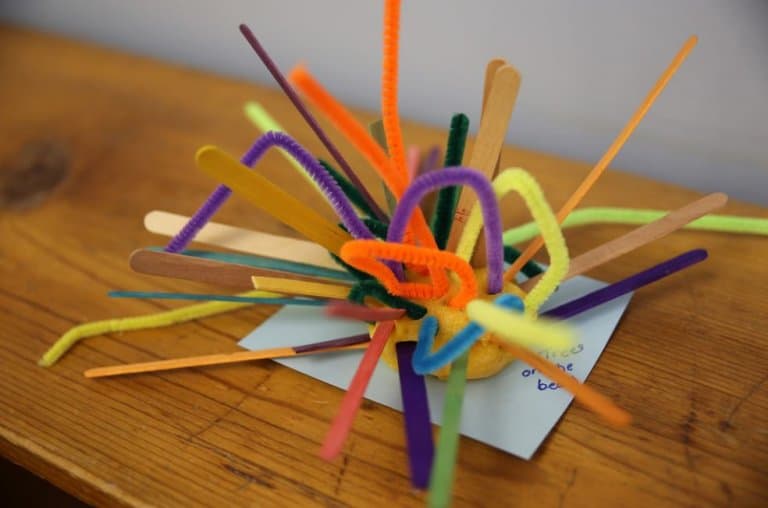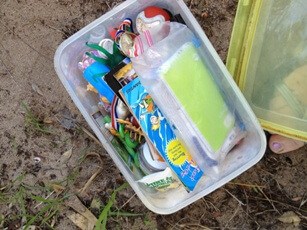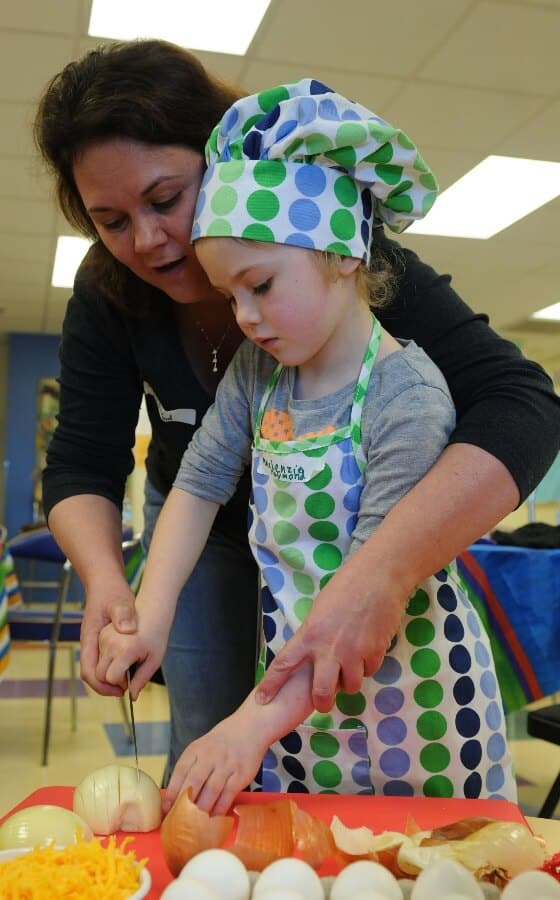Engaging Activities for Preschoolers (and How to Keep Them Engaged!)

Preschoolers are so energetic and active that you sometimes find yourself searching for more ways to keep them occupied. In most scenarios, it is possible to ensure they are still learning at the same time! There are a plethora of activities that you can let your preschoolers take part in. The key is to keep them engaged and involved in whatever activity you choose.
Engaging children is quite easy when you know how. But for teachers, tutors, and parents that don’t have a lot of experience with children, it can be confusing or even intimidating to get them engaged in an activity and keep their attention steady.
With this article’s simple tips and suggested age-appropriate activities, you will soon find that keeping preschoolers engaged is easy and fun!
Here are some suggested activities and tips on how to keep your preschoolers engaged:
1. Fuzzy Wire (pipe cleaners) Activity
This is one of the most basic fine motor activities for younger children aged 1.6 to 2.6 years. You only need two materials: a set of fuzzy wires (pipe cleaners) and a colander!
If you’re not keen on using a colander, there are lots of alternatives such as old food containers or lids that you just need to poke holes into. Demonstrate to your child how to insert a fuzzy wire into the holes. Then let your child explore! Innately curious, toddlers will try poking the fuzzy wire in all the holes. This is a perfect activity to develop their fine motor skills and eye-hand coordination. You can also reinforce color recognition by asking your child to insert a specific color of fuzzy wire only.
Tips to Engage Toddlers:
Use colorful fuzzy wires.
Vibrant objects are essential for engaging children, especially young ones. Toddlers’ attentions are drawn by color. So make sure to get your fuzzy wires in a variety of colors to keep your toddler focused on the task.
Further the learning experience.
Let your child touch and feel the fuzzy wires and introduce the vocabulary “fluffy” or “fuzzy.” A sensorial activity helps children become more engaged.
Use alternatives.
Some toddlers can get bored with an activity quickly (especially when they have already figured out how things work.) Keep them engaged by using different kinds of materials. You can use colored popsicle sticks and old food containers or lids. Simply slit an opening on the lid and let your child push the popsicle sticks through.
2. Pom-Pom Racing
 This fun activity is perfect for preschoolers between 3 and 4 years old. All you need are colorful pom-poms, colored tape, and drinking straws.
This fun activity is perfect for preschoolers between 3 and 4 years old. All you need are colorful pom-poms, colored tape, and drinking straws.
Just tape a straight line on the floor, and let your child blow through the straw and let the pom-pom go along the line, all the way to an end point. Hand-eye coordination and color recognition are practiced through this activity.
Tips to Engage Kids:
Make a game out of it.
A healthy, friendly competition with no real losers will quickly engage children in an activity. Most children’s activities can easily be turned into games with just a little creativity. Explain to your child that the game is just a way to see how well you can do a task, or if you can reach a specific goal.
For example, say, “Let’s see how fast we can blow the pom-pom to the end of the line!” That will surely get your child’s full attention. To turn this into a challenging game, instead of putting a straight line of colored tape on the floor, try putting zigzags and curves in different colors.
You can also forego the drinking straws and just let your child blow straight on the pom-pom. Then let your child follow those zigzag lines!
Do the activity with your child and share your enthusiasm.
Lead the game, have fun, be a little silly, and let your child copy you. Your child’s attention will more likely be sustained if they see your enthusiasm and excitement through your voice and body language.
3. Canvas Painting
Step up your art activities a notch by trying canvas painting. Children from 5-6 years old will feel like true artists as they make a masterpiece on their canvas.
Children in this age range begin to include more real-life elements into their pictures, and they become much more concerned with the quality of their output and want to keep them on display. Art activities such as painting also help children to develop their creativity and self-expression.
Visit your local art supplies store and get some acrylic paint, paintbrushes, and a primed canvas.

Engagement Tips:
Provide a visual that they can copy.
Older children will appreciate a healthy challenge. By showing a visual of what they will paint, children will be more keen to complete the task. You can make use of simple images from picture books such a big tree, a red apple, or yellow flowers. Just make sure to guide your child through the steps to achieve that picture/painting so that they will have some sort of structure.
For example, “Let’s draw the outline first, then let’s draw some oval shapes, and color this part green.” Guide your child but allow them to assert independence as well.
Integrate a story.
Children love stories. A well-told story will always engage young children's attention. You can read them a nice story related to the painting they made, or you can read the story as a precursor to the art activity. You can make use of age-appropriate books or make up your own story. The more creative, the better!
You can even make up a story as you go along with your painting activity. Telling and making stories is one of the best ways to teach children. It can be a powerful and effective way to help children get engaged in a task.
4. Texture Scavenger Hunt
Place objects or items with different textures in several paper bags. Let your child feel each object without peeking inside the bag. Then let your child explore your house to find other objects with a similar texture.
You can even take this activity outdoors. As your child finds matching objects, introduce texture words such as rough, smooth, pointy, bumpy, and fluffy.
This activity works best for children aged 3 and up.

Tips to Engage Preschoolers:
Take it outside.
Heading outdoors provides countless learning opportunities for children. This leads to exploration, discovery, and a healthy curiosity about their surroundings and environment.
Make use of different themes.
Set up different themes depending on your child’s needs and interests. One example is to do “colors and shapes” scavenger hunt. You can make use of concrete objects and flashcards for this theme.
5. Baking or Food Art
Cooking or baking with preschoolers aged 2 to 6 may be messy and time-consuming, but with a little preparation and forethought, you can easily include your child in meal-preparation. Cooking is also one of the best ways to integrate and make connections between other disciplines and subjects such basic math, science, health, and art. Make sure to prepare your kitchen utensils and ingredients ahead of time.
Tips to Engage Children:
Choose a recipe that your child will enjoy.
It would be nice to make something that your child actually enjoys eating. You can also try something new and just incorporate one of your child’s favorite food items.
Have fun!
Let your child explore, discover, and make connections while having fun. Try doing food art to make your meal more presentable and interesting to your child. For example, instead of just making simple pancakes, you can cut it into fun shapes or make animal face pancakes like a rabbit or lion. This also helps develop creativity and encourage healthy eating habits.
Wrapping It Up
No matter what age your preschooler is, you can easily find a lot more activities to keep them engaged. Just bear in mind to provide age-appropriate activities and consider their interests as well. If you recognize what children like and enjoy, you will find it easy to engage children in different types of educational activities.
Image sources all “labeled for reuse” under Creative Commons.










Leave a Reply